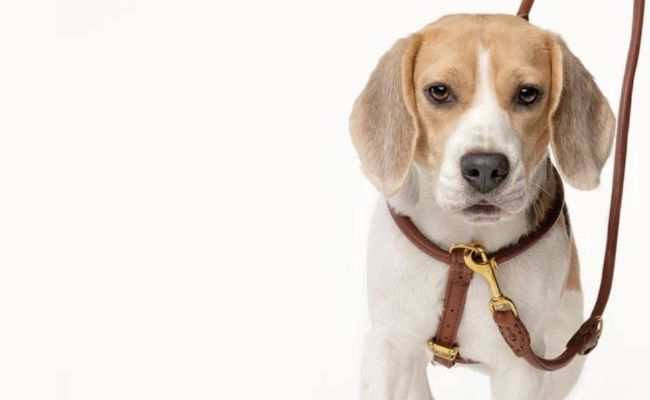
A Guide To Different Types Of Dog Leashes
Given how much time dogs spend walking, choosing the right type of leash for them is important. Here, we list out several types of dog leashes, so that you can make an informed choice about what will work best for your furry friend.
Factors for Choosing a Leash
Before we start, here are some factors for choosing a dog leash.
- Size: Bigger dogs tend to need thicker leashes than smaller ones.
- Age: Puppies and younger dogs tend to need stronger leashes depending on their training level. Puppies also need shorter leashes, and preferably ones that can take their nibbles!
- Surroundings: Country dogs have more room to roam, so longer leashes work better. If you and your pup are city-dwellers, shorter leashes keep them safe on busy streets.
- Breed: Certain dogs, like pugs, can be prone to tracheal collapse. It’s important to do your research to see if the type of dog you have is prone to any health problems before purchasing a leash.
Without further ado, here are some types of leashes for you to consider.
Flat Leads
This is the standard leash for dogs. It’s typically made out of rope or nylon, and can be thin or thick. They attach to the collar with a simple metal clasp. They are washable, come in various lengths and widths, and are made of non-irritating materials. However, they can be inflexible and dogs with wider necks can wiggle out of them. They are also not recommended for dogs with breathing issues.
Rubber Lead/Bungee
For active dog owners, bungee leashes are the top choice. They’re designed to be hands-free and their elasticity can protect both you and your dog from the strain caused by abrupt pulls. They’re great for hiking and running and provide good shock-absorption. However, they can encourage pulling and offer less control, so knowing your dog’s personality is key.
Gentle Leaders/Head Collars
With these leashes, the collar loops around the neck and goes behind the ears and over the muzzle. If your dog pulls a lot, this design can help because it inhibits them from pulling with their full weight. They’re great for strong and large dogs, but can be difficult to fit properly, and too much friction can cause hair loss around your dog’s mouth.
Harness Leaders
For dogs with tracheal issues, we recommend harness leaders. They fit around your dog’s chest and clip on the back. They help your dog breathe easier and allow you greater control. A drawback is that they can encourage pulling, and friction can cause hair loss on your dog’s back or chest.
Slip Leads
These are ideal for training young dogs against pulling. They can be put on and taken off quickly. Many opt to get them to train their puppies. However, they can choke your dog if not positioned properly, so do be careful with them. It is also not recommended to keep your dog on a slip leash in the long term.
Making the Right Choice
These are just some types of dog leashes available. You’ll need to think about where you live, your dog’s breed, age, size, stamina, and personality when it comes to getting the perfect leash! If you walk your dog at night, a reflective leash is also good to consider.


